- info@pestcontrolwildlife.com
Call us for help in your town
America's Wildlife Experts
Other Animals
We have personally encountered quite the weird and wonderful assortment of nuisance wildlife over the years, including:
- Alligators
- Beavers
- Bobcats
- Canada geese
- Chipmunks
- Flying squirrels
- Frogs
- Gophers
- Gray foxes
- Iguanas
- Invasive species
- Lizards
- Minks
- Muscovy ducks
- Muskrats
- Porcupines
- Prairie dogs
- Rabbits
- Red foxes
- River otters
- Snapping turtles
- Stray dogs
- Turtles
- Voles
- Weasels
- Wild hogs/pigs
- Woodpeckers
- and many, many more!
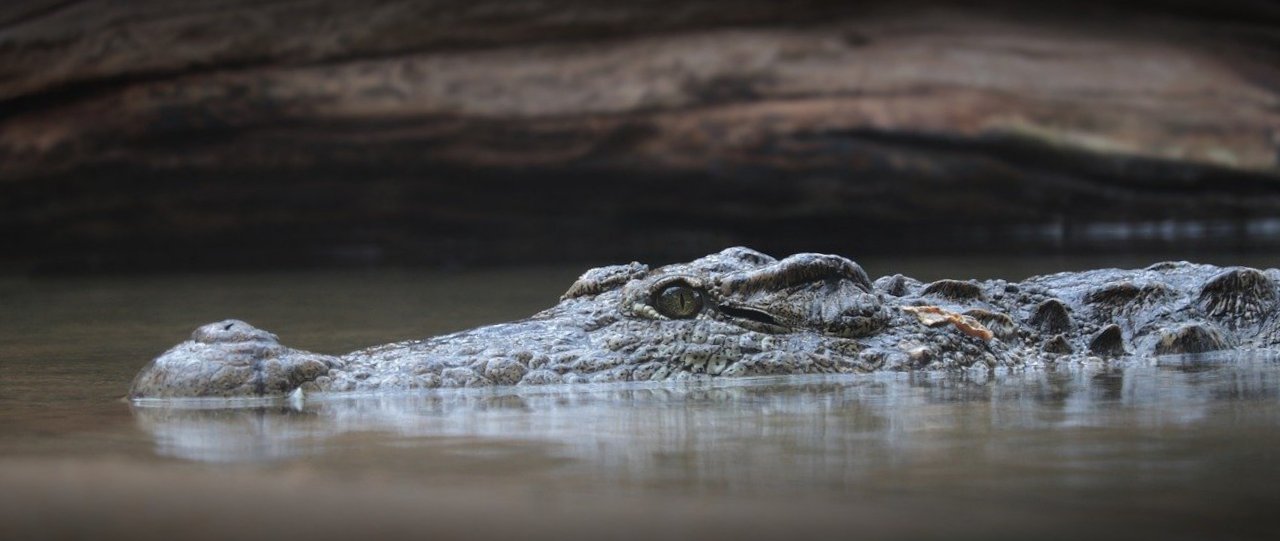
Alligators
We are commonly called out to remove smaller alligators, especially in the state of Florida, where local Fish and Wildlife Conservation Commission departments will only deal with and remove specimens that are considered dangerous to public health and more than 4 feet in length.
Usually growing to around 10 or 12 feet in length, alligators can be a very daunting animal to come up against. The largest reptile in North American can be found in waterways, particularly in Florida, Mississippi, Louisiana, and other states in the south of the country.
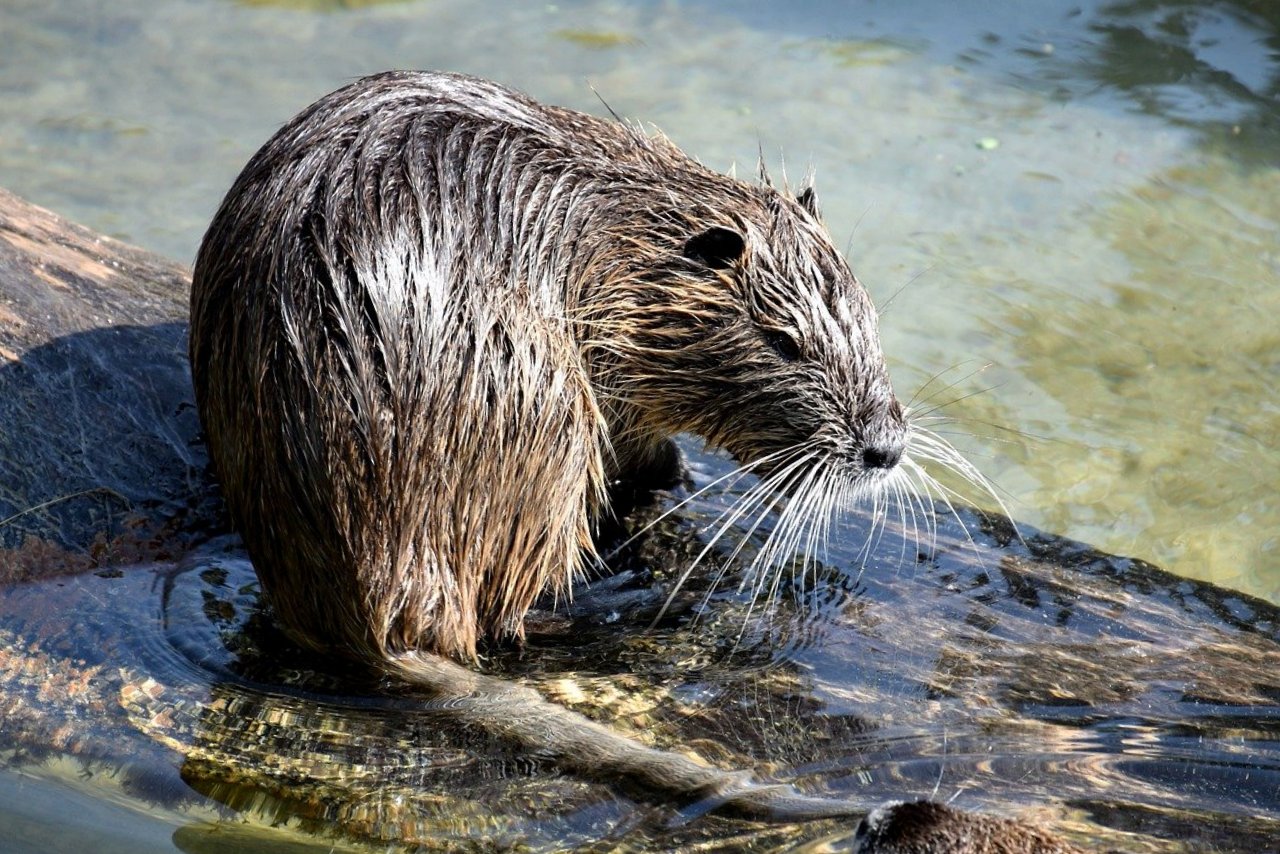
Beavers
From the largest reptile to the largest rodent in North America, the beaver can be a formidable opponent, weighing more than 60 pounds in some cases. Another critter found in waterways, they are renowned for causing damage to trees and the waterways themselves, stopping water flow in some areas with dams and directing the flow elsewhere. In turn, this can lead to floods.
These animals can be very difficult to get rid of and then prevent, with most exclusion approaches proving useless. There isn't a deterrent or repellent on the market that works, and removal can often be a complex process involving trapping and other techniques.
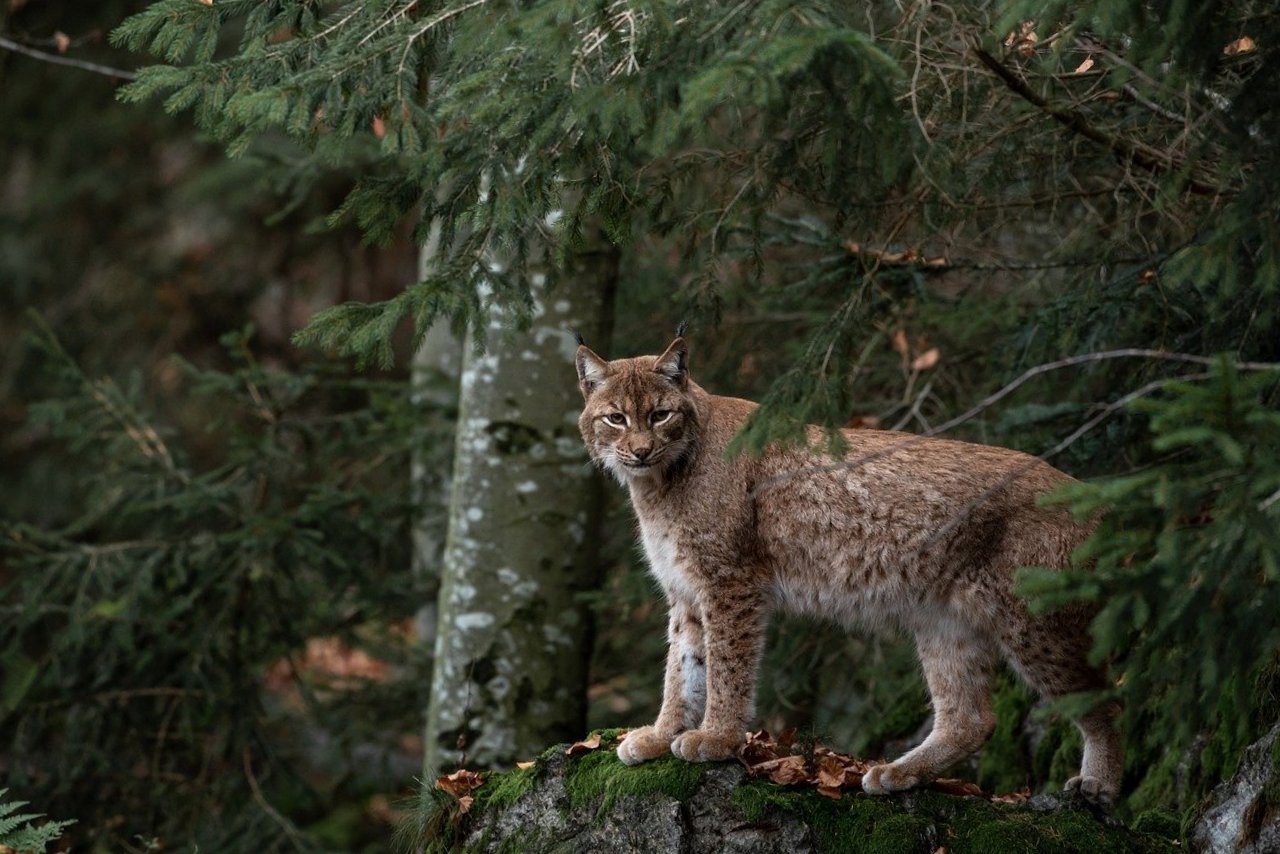
Bobcats
Bobcats are found across a lot of the USA, with different subspecies living in different regions. Northern-dwelling bobcats with wide, open spaces available tend to grow bigger and heavier than those found in southern states, and smaller, more closed-in territories.
In some states, you will need to get a permit before killing or taking potentially lethal action against bobcats; we recommend getting in touch with us or doing some research of your own on the laws and restrictions in your particular area.
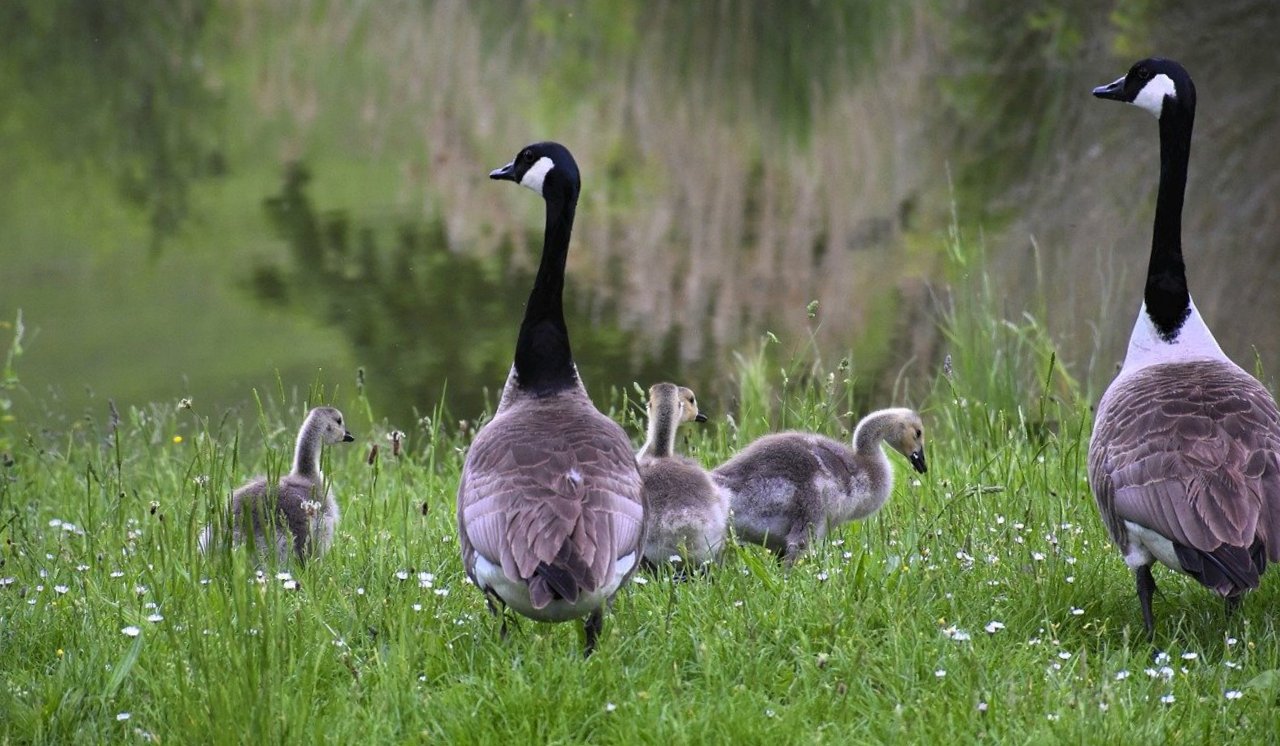
Canada geese
The Canada goose has become a prolific and infamous pest across most of North America, with rowdy, loud and overbearing behavior that can also cross the line into aggression and violence very easily.
The birds are known for aggressively defending their nests and chicks, aggressively fighting anyone who gets too close (including those who try to move them along), and for defecating all over the place, leaving an unsightly mess and some pretty nasty disease threats in their wake.
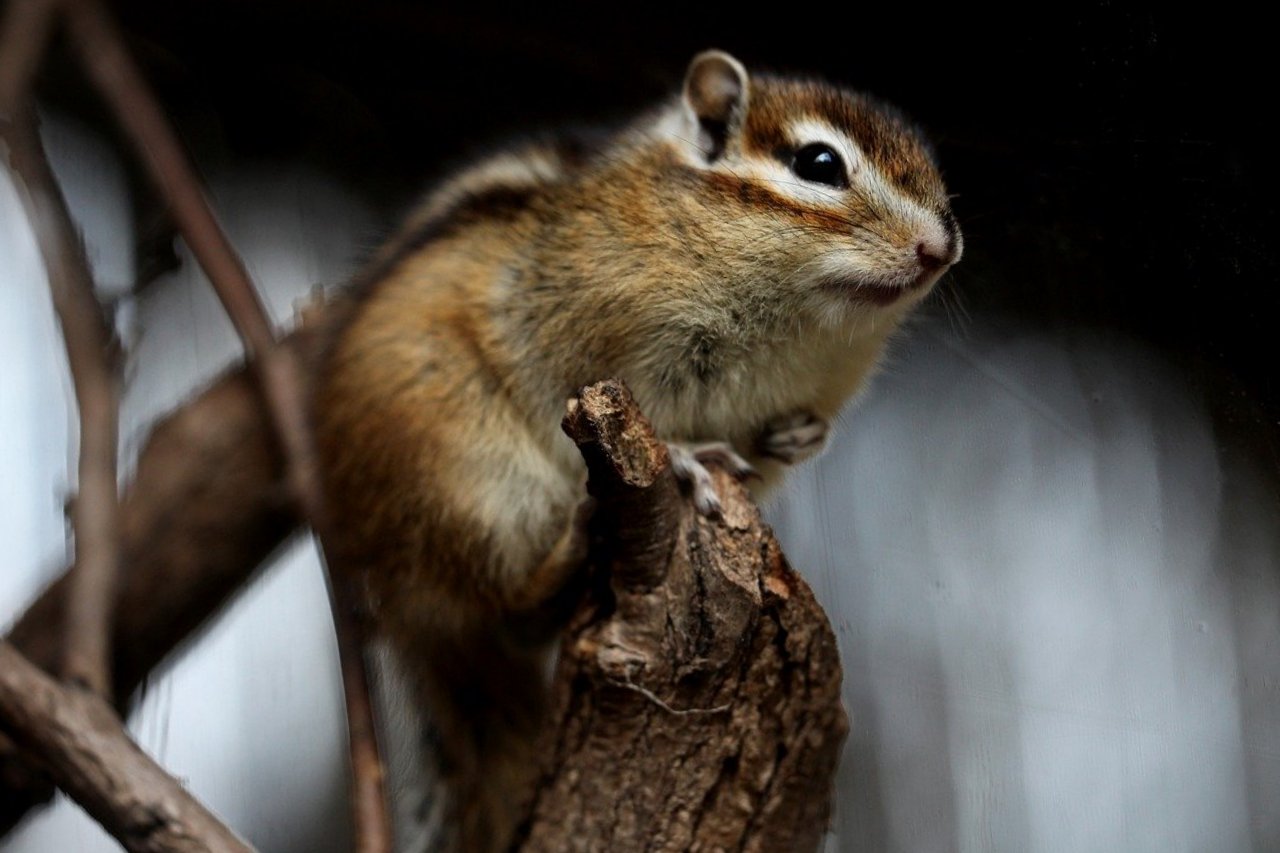
Chipmunks
North America is home to more than 20 different species of chipmunk, and they're becoming quite the enemy of gardeners up and down the country. They will devour fruits, berries, seeds, flowers, grasses, and countless other plants and flowers that you might have growing in your back yard, and they're well-known for unearthing bulbs that have just been planted, destroying them in the process.
Hardware cloth and mesh wire are two great tools to use against these ground-dwelling squirrels, also a member of the rodent family; it provides an effective barrier when used properly, to protect young trees, shrubs, plants, and bulbs from chipmunk attack.
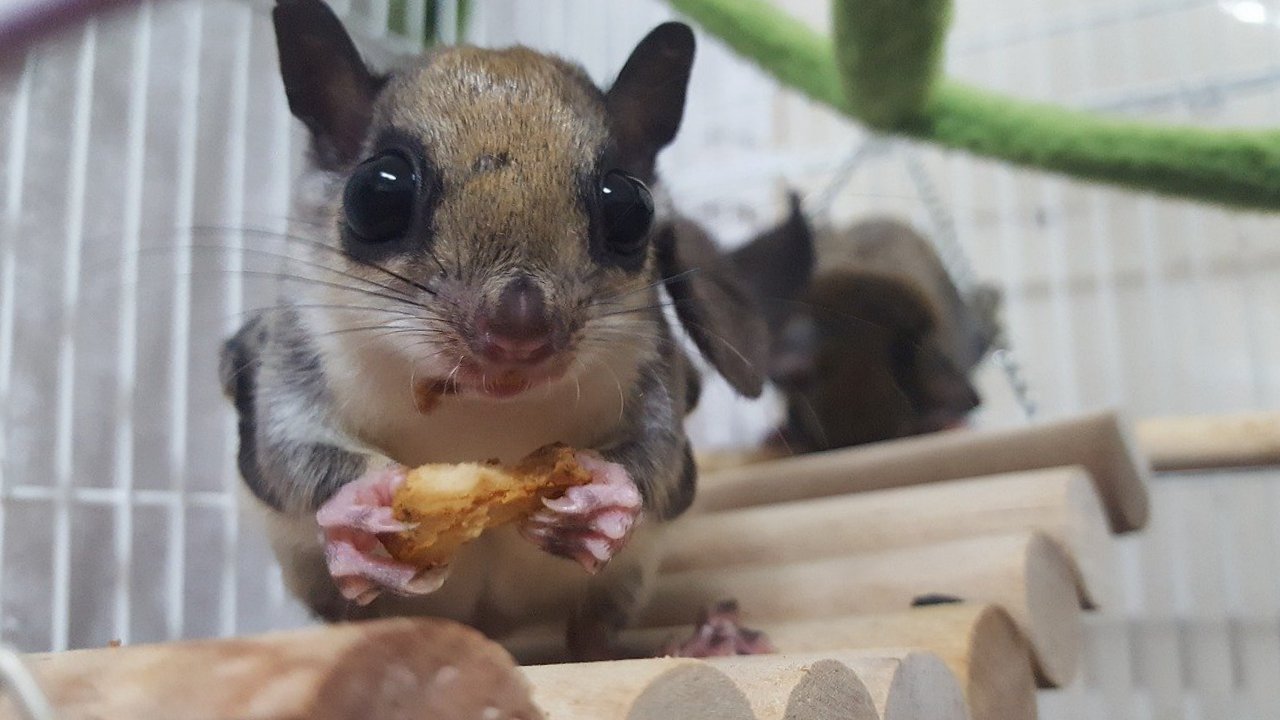
Flying squirrels
North America is home to more than its fair share of squirrel species, and just one that has fast become a pest problem over recent years is the flying squirrel. A small mammal that weighs barely 5 ounces, the name of the squirrel is actually a little misleading; it doesn't fly through the air like bats or birds, instead it glides through the air. The right name, technically, would be gliding squirrel.
Flying squirrels enjoy living in attic spaces in residential areas, because they offer similar potential nesting sites to tree hollows. Being a rodent, the animal can be incredibly destructive once it gets inside (and even before it does so), with chewing.
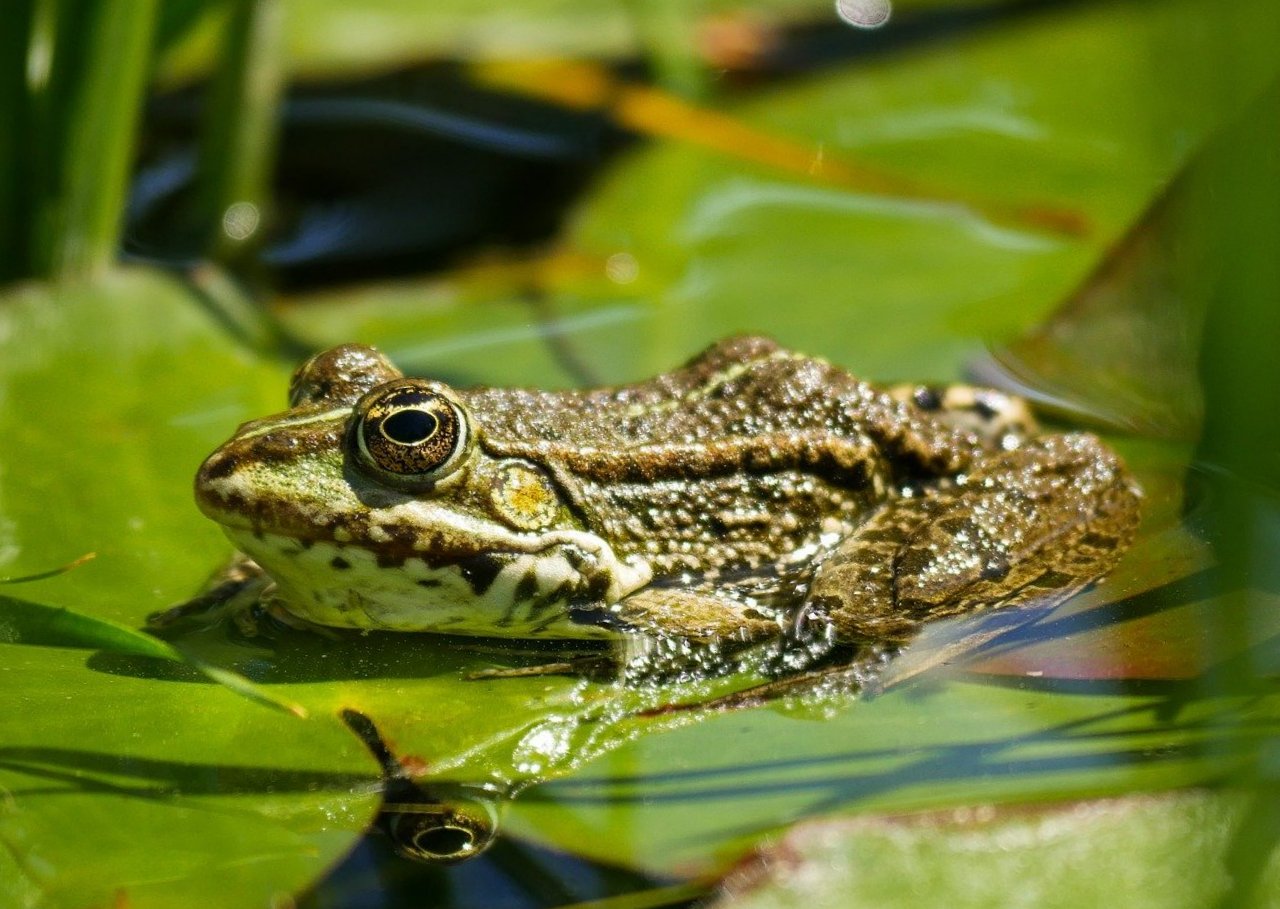
Frogs
In some parts of the country, frogs can be a real pain, especially in areas such as Florida, which have become home to a large number of non-native species. In that one state alone, there are believed to be more than 30 different frog species, but only 27 of them actually belong there. 3 of them have been introduced or released (accidentally or otherwise) making them non-native.
Two particular frogs that you wouldn't want to get too close to are the cane toad and the cuban tree frog, both of which release irritating and potentially toxic skin secretions, and both of which can be found in Florida.
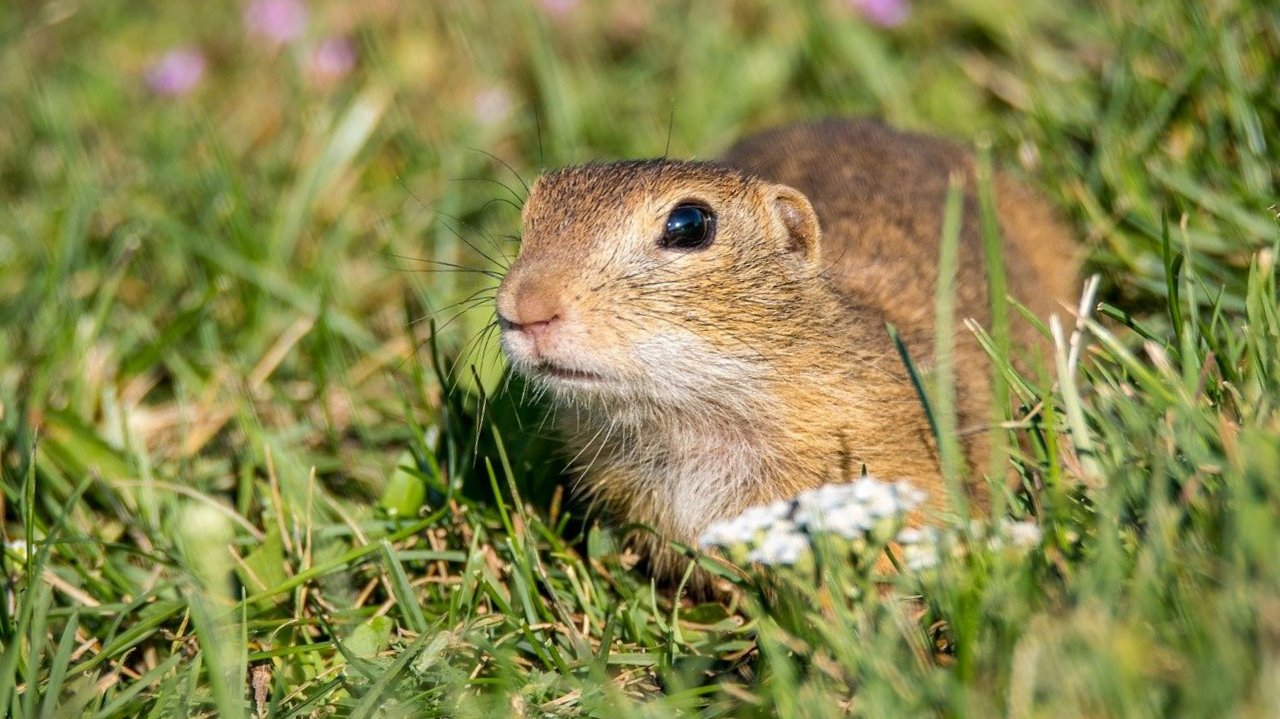
Gophers
There are several species of gopher found in the United States, but one of the most widespread species is called plains pocket gopher. Often confused with another common nuisance animal — the mole, they have the potential to excavate a massive quantity of ground material each year, making them potentially dangerous for land and building stability.
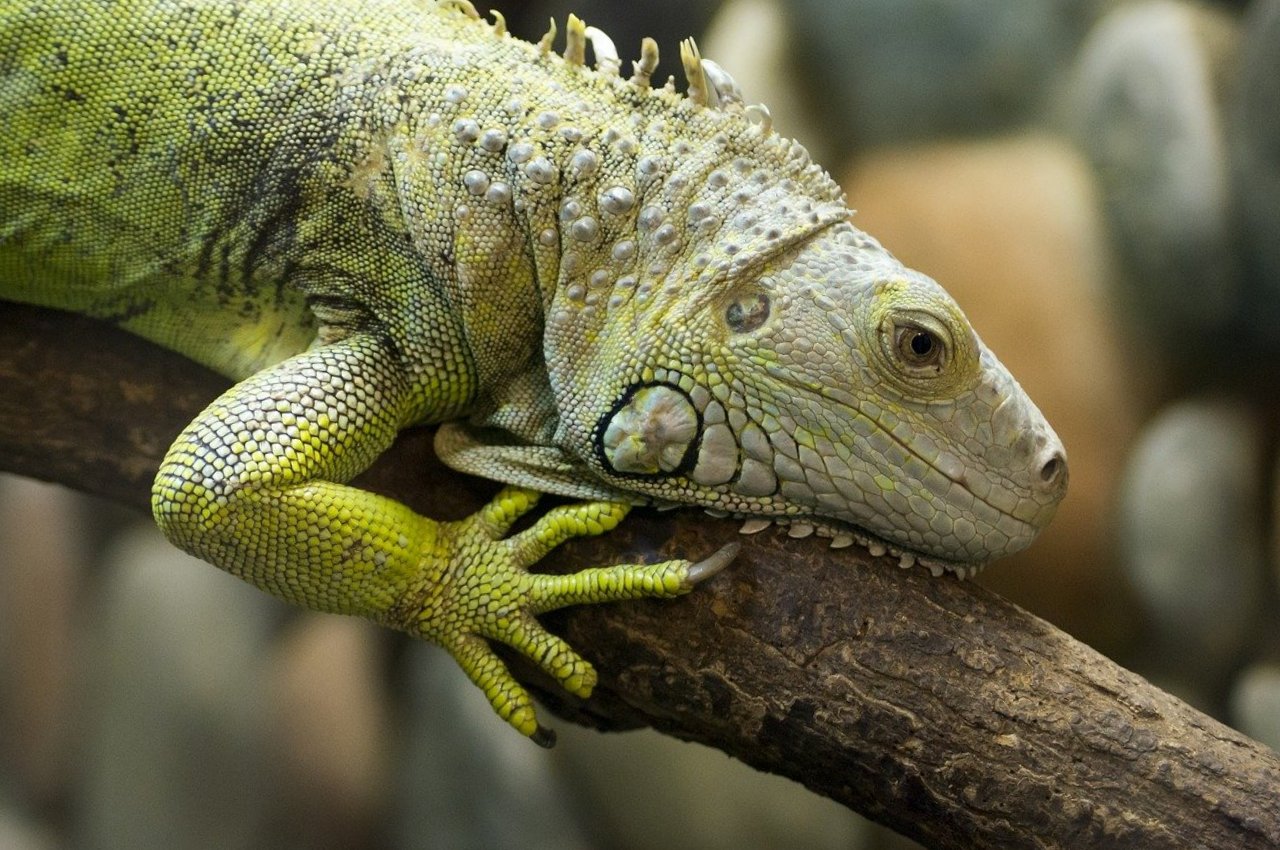
Iguanas
Iguanas can be a real problem in some parts of the United States, with two species, in particular, causing problems in places such as Florida: the black spiny-tailed iguana, and the green iguana. Just as with some frogs, these are non-native species. (And before you believe that they are JUST a Florida problem, it doesn't take long for non-native wildlife to make their way and adapt to other parts of the country, including other climates.)
As well as spreading salmonella and other diseases through waste material, iguanas are a nuisance animal because they, like many others, will munch through a garden with ease. As well as that, their burrow-digging also causes problems with land and building stability.
Non-native iguanas such as these are also decimating populations of existing wildlife species, such as butterflies.
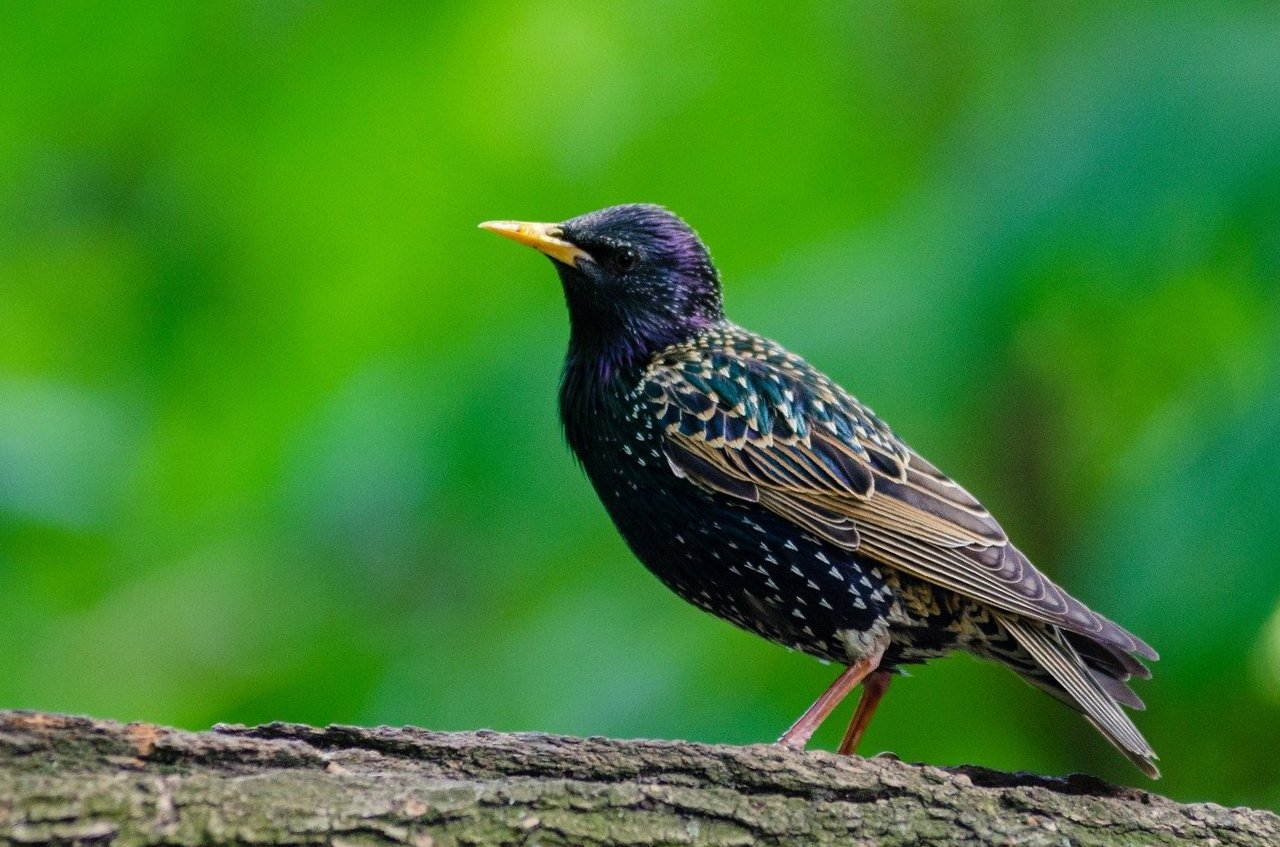
Invasive/non-native species
Invasive species, as we've already touched upon a couple of times, can be deadly to local ecosystems. Large snakes released into the Everglades, for example, have very few natural predators, therefore will soon grow to the top of the food chain. Without direct intervention from us — humans — the situation could very easily spiral out of control ... and some experts believe that this is already the case.
A few notable non-native/invasive species in America include Africanized bees, common starlings, brown tree snakes, Burmese pythons, Nile crocodiles, Mexican gray squirrels, rock pigeons, Muscovy ducks, European starlings, and more.
Some non-native species have been introduced into the wild by accident, such as when hurricanes destroyed an aquarium in 1992 and released lion fish and other species into the water, causing problems with humans, still, to this day.
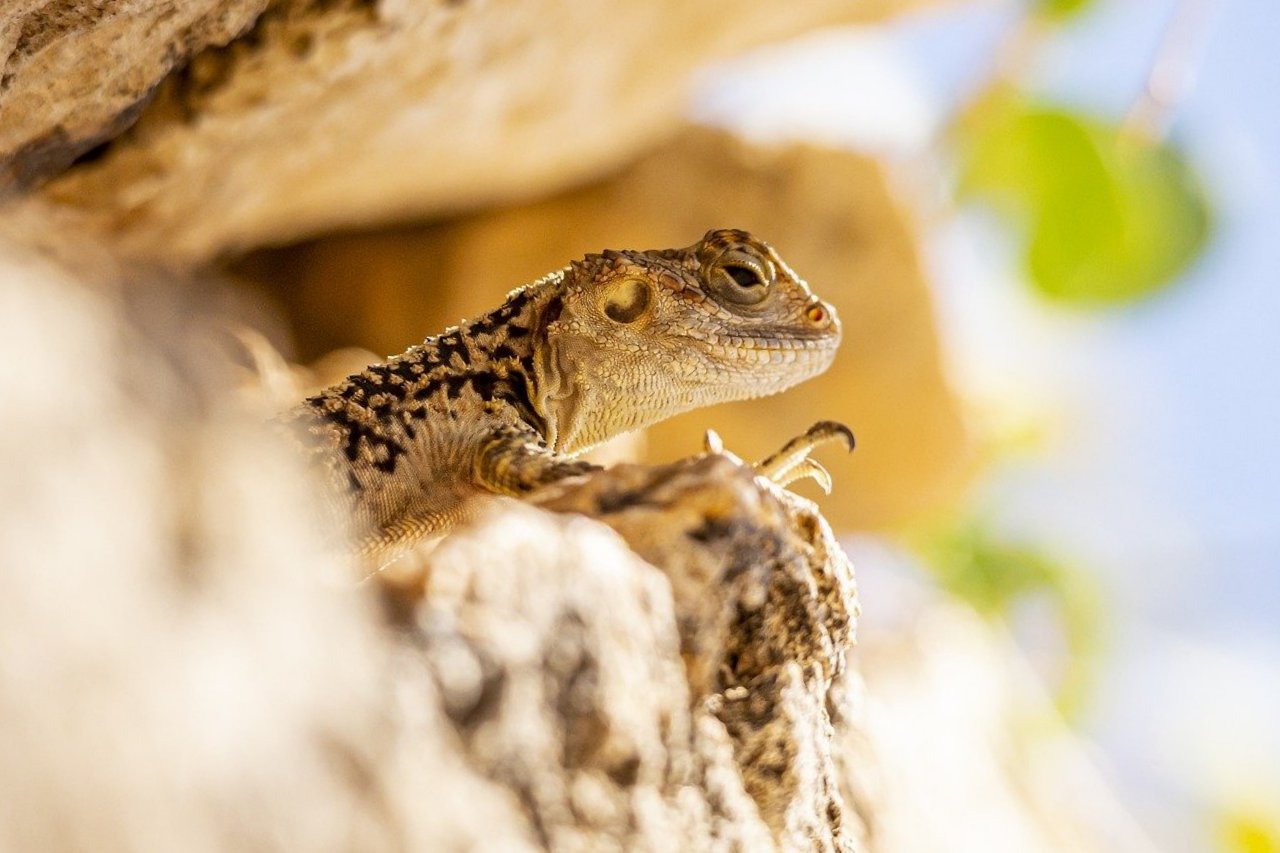
Lizards
The brown anole is just one example of a lizard that poses problems across the USA, another non-native species, originally thought to have been introduced to Florida as a result of the pet trade. The species, a highly invasive one, has now taken hold in Southern California, Hawaii, Mississippi, Alabama, Louisiana, Texas, Georgia, and even Taiwan and a few of the Caribbean Islands.
This is just one example of an invasive pest species that's done very well in a new habitat, taking food away from native species alongside places of shelter and other resources.
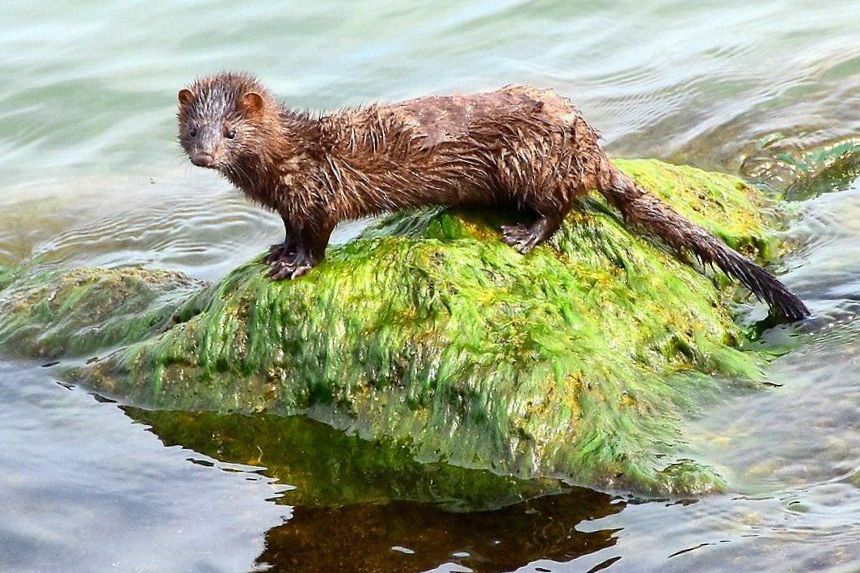
Minks
If you have ducks, chickens, or a pond with fish (particularly koi), you definitely don't want minks hanging around. They're well-known for killing all of the chickens in a coop in just one night, and completely decimating a pond of all of its fish.
In terms of damage, the mink doesn't tend to create too much. Just as with foxes, minks like to reuse the old dens and burrows of other animals rather than creating new ones of their own.
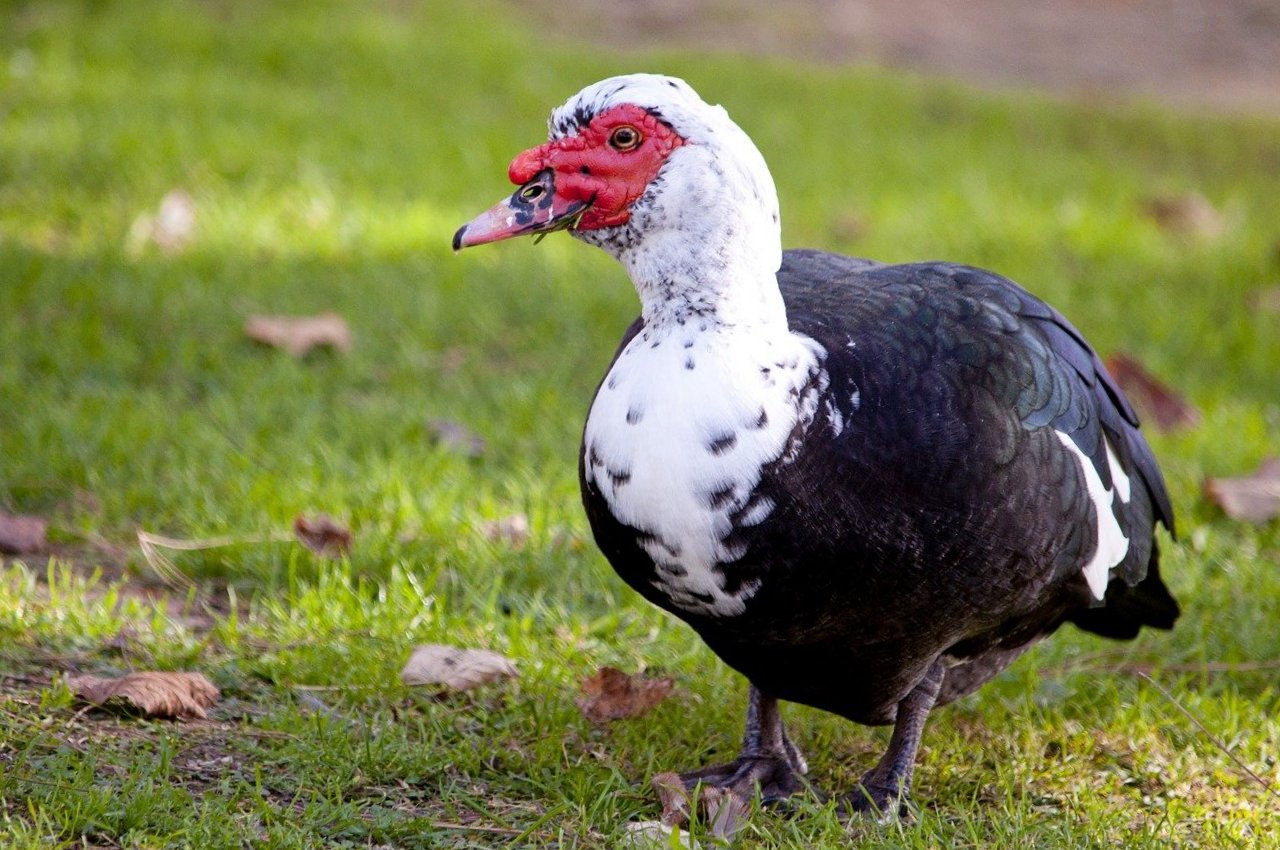
Muscovy ducks
The muscovy duck is actually thought to be one of the oldest fowl species ever, and the males of the species can boast of being the largest duck in the whole of the USA. The females are much smaller, however.
There are two big problems associated with this duck species: the begging or bullying for food, and the amount of droppings they leave in their wake. The latter often comes with threats of very serious diseases, too. Because humans have been feeding ducks for so many years, the species has almost come to rely on humans to keep them going — and that's why they're drawn to public parks, back gardens, and other human-visited spaces.
They can also become quite aggressive and snappy when disturbed, or when they are not given food on demand.
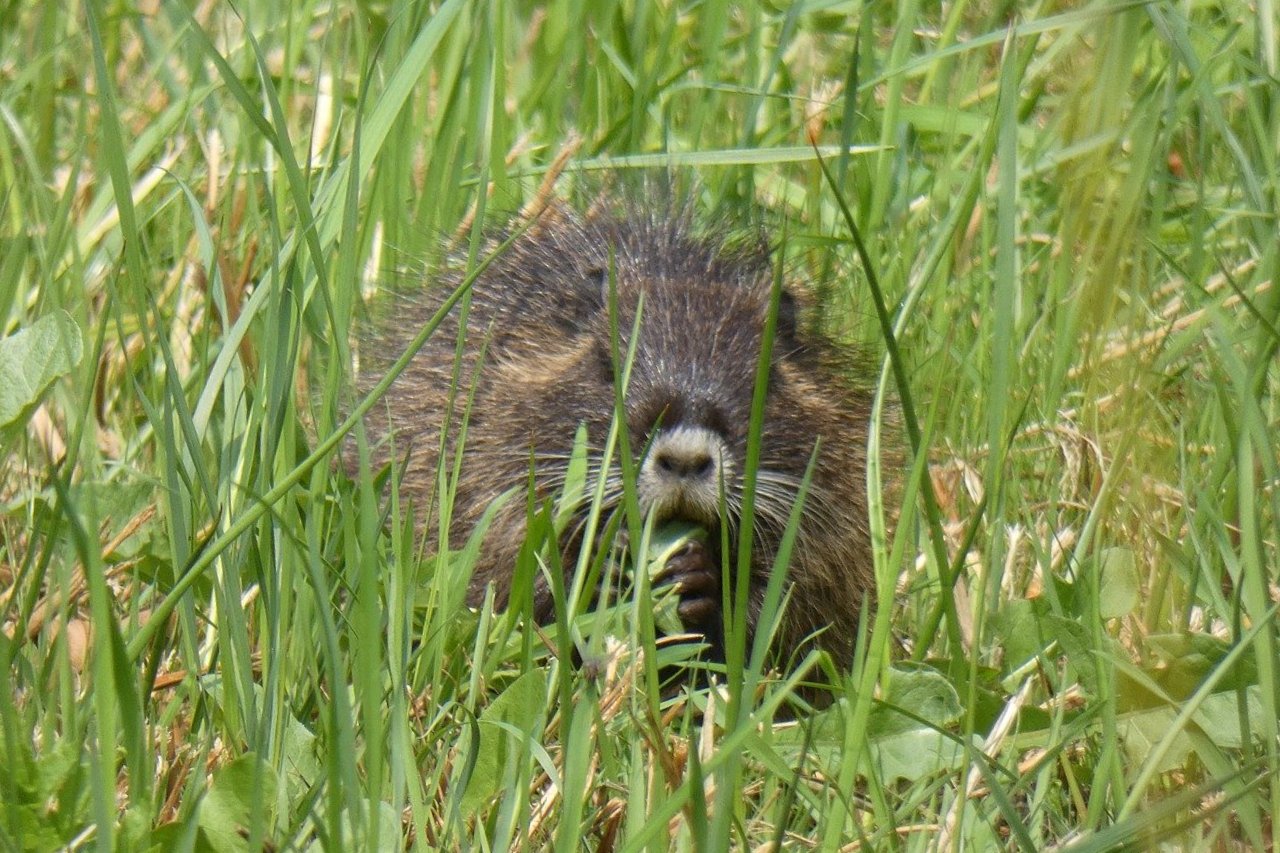
Muskrats
Muskrats can weigh up to 4 or 5 pounds in weight and are the same family of animals as both mice and rats; muskrats are the largest animal within that particular family.
Living in waterways, they are commonly pests along riverbeds and garden ponds, creating burrows in the edges that can slide down or completely collapse into themselves. This can make the edges of land close to waterways dangerous for humans and other animals, as well as boats, jetties, etc.
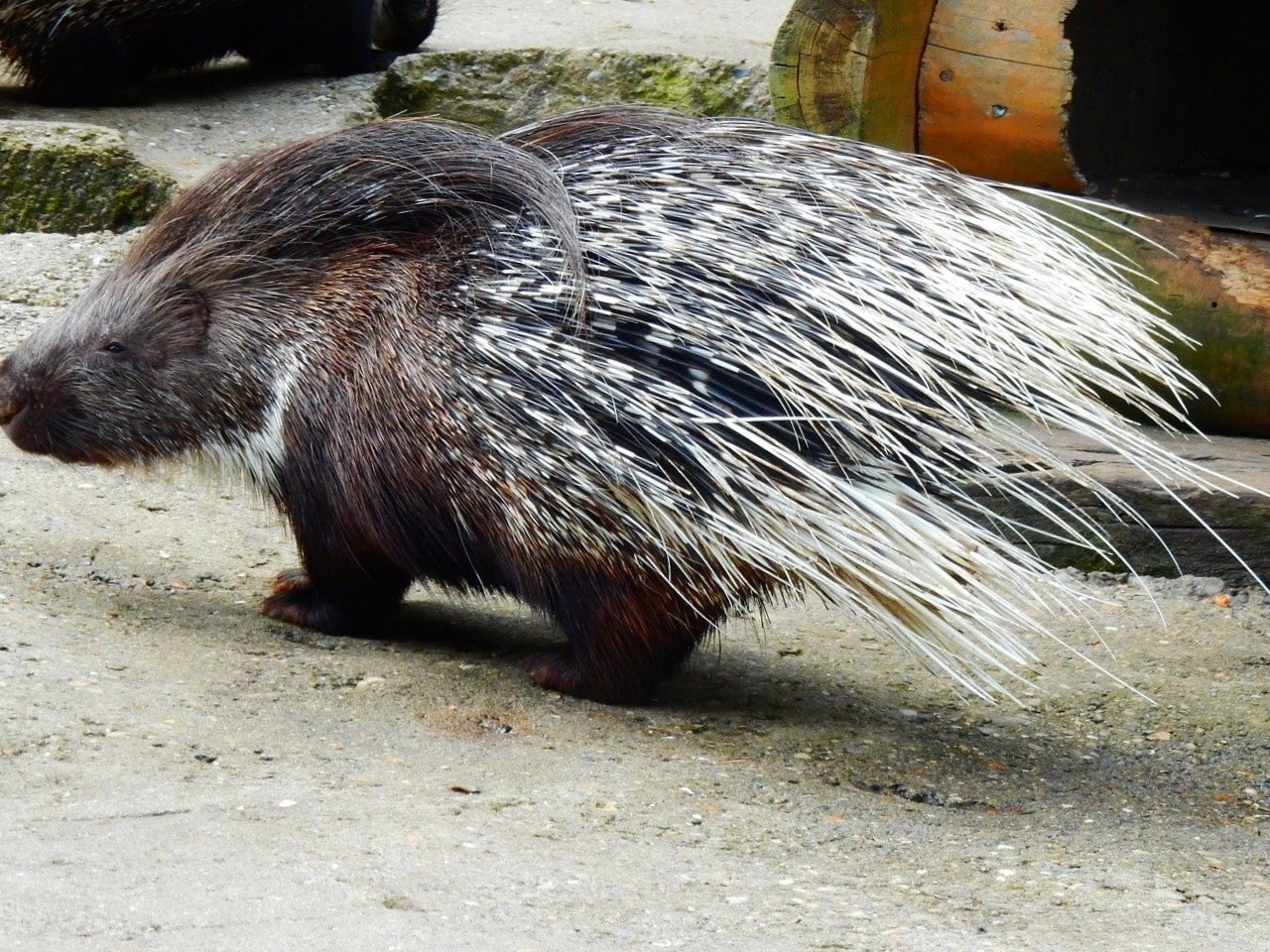
Porcupines
A member of the rodent family, the porcupine can grow up to 20 pounds in weight, and up to 20 inches in length. They are covered in what look like spikes, but are actually a slightly modified version of hair, which work in the same way as a hedgehog's spikes: they protect the animal from predatory attack.
As with most other rodent species, the porcupine is known for being an avid chewer, and it is that chewing activity that poses the biggest problem in terms of damage.
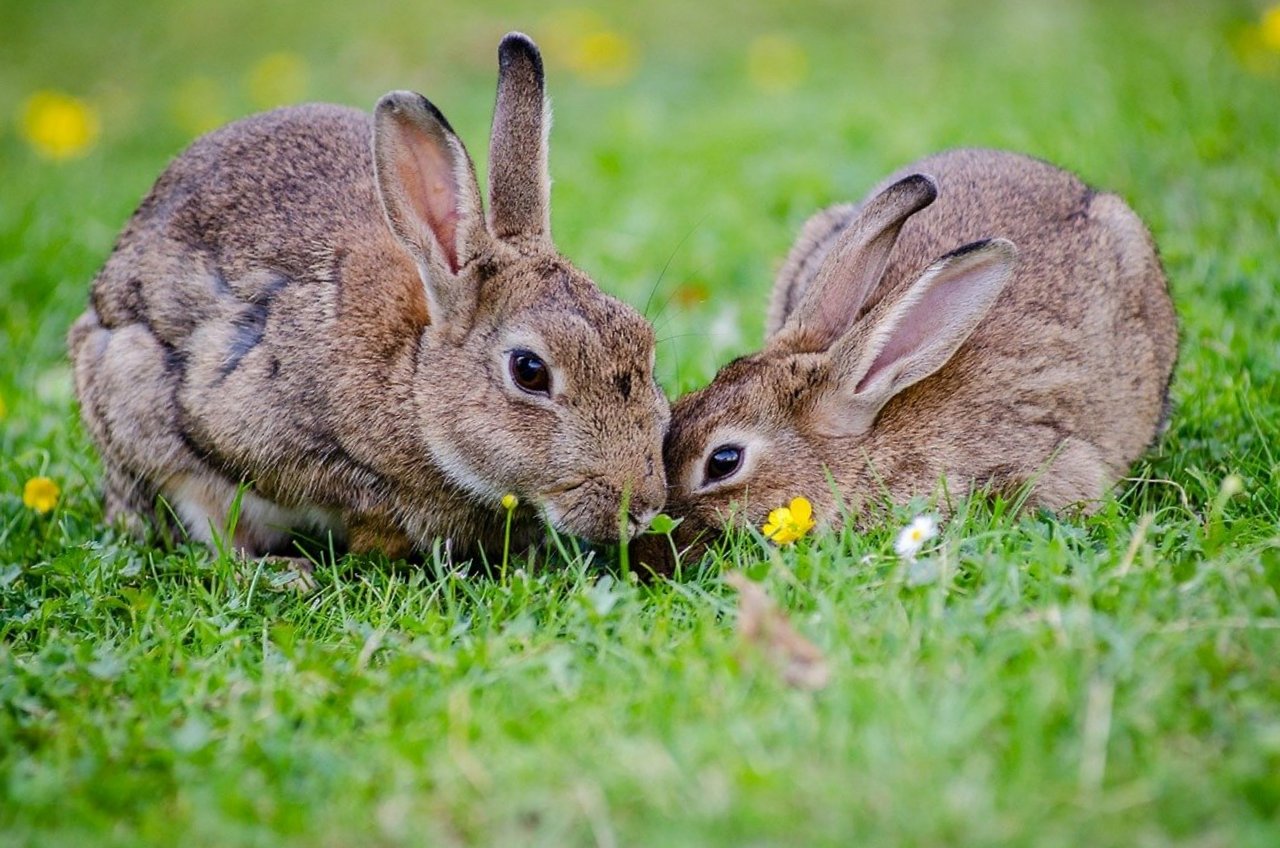
Rabbits
It is likely to be the cottontail rabbit that you have pest or problems with, an animal known for spreading diseases and chewing through vegetable plots as it is for being cute and hopping around. Rabbits can be particularly dangerous to cats and dogs, spreading bacteria and other disease-causing pathogens that you (the pet owner) might not even be aware of.
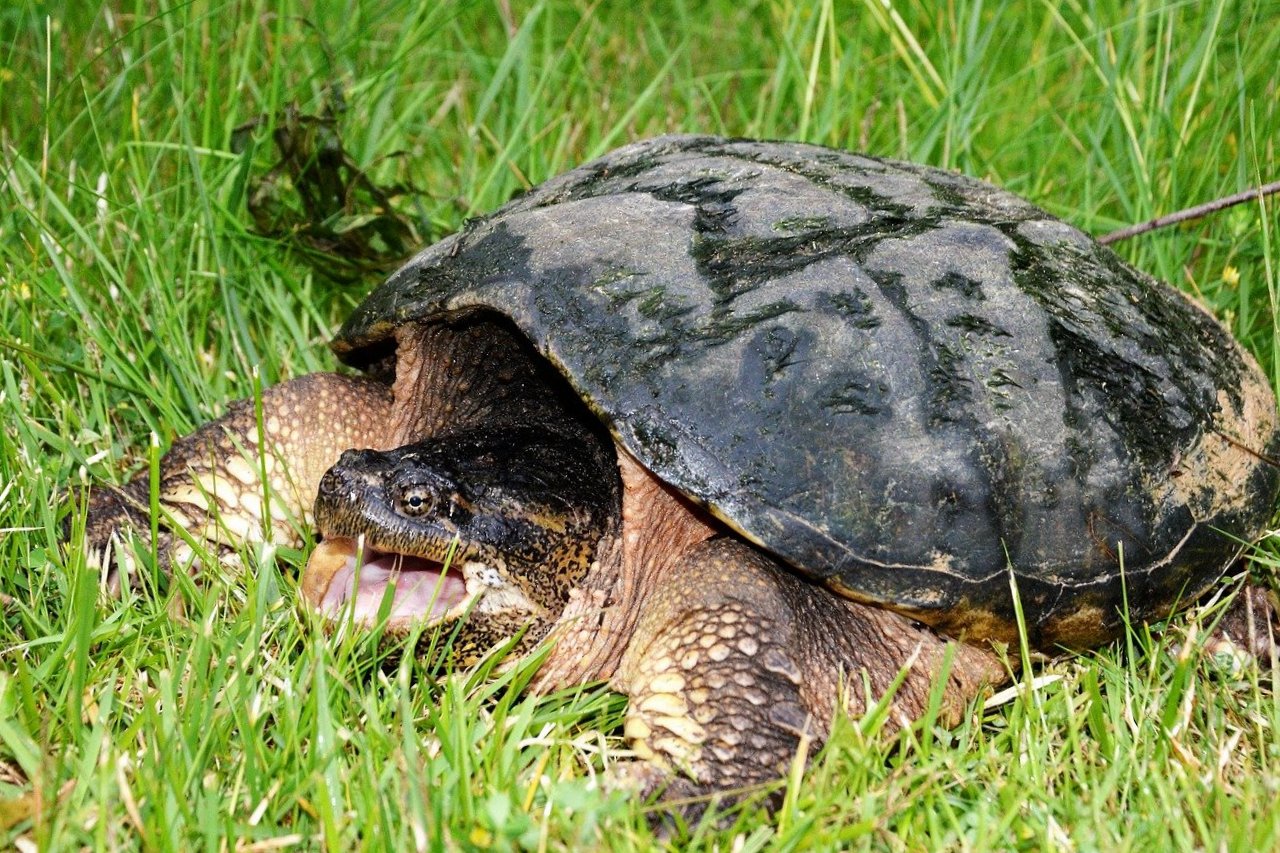
Snapping turtles
Yes, there have been times when we have been called out to remove snapping turtles -- and they are VERY vicious when you try to remove them from a home that they have made their own.
Common in ponds and other waterways, these 10-35-pound animals can decimate populations of fish, toads, frogs, birds, and even rodents or other small critters and mammals. Some species have been known to grow up to more than 50 or 60 pounds in weight.
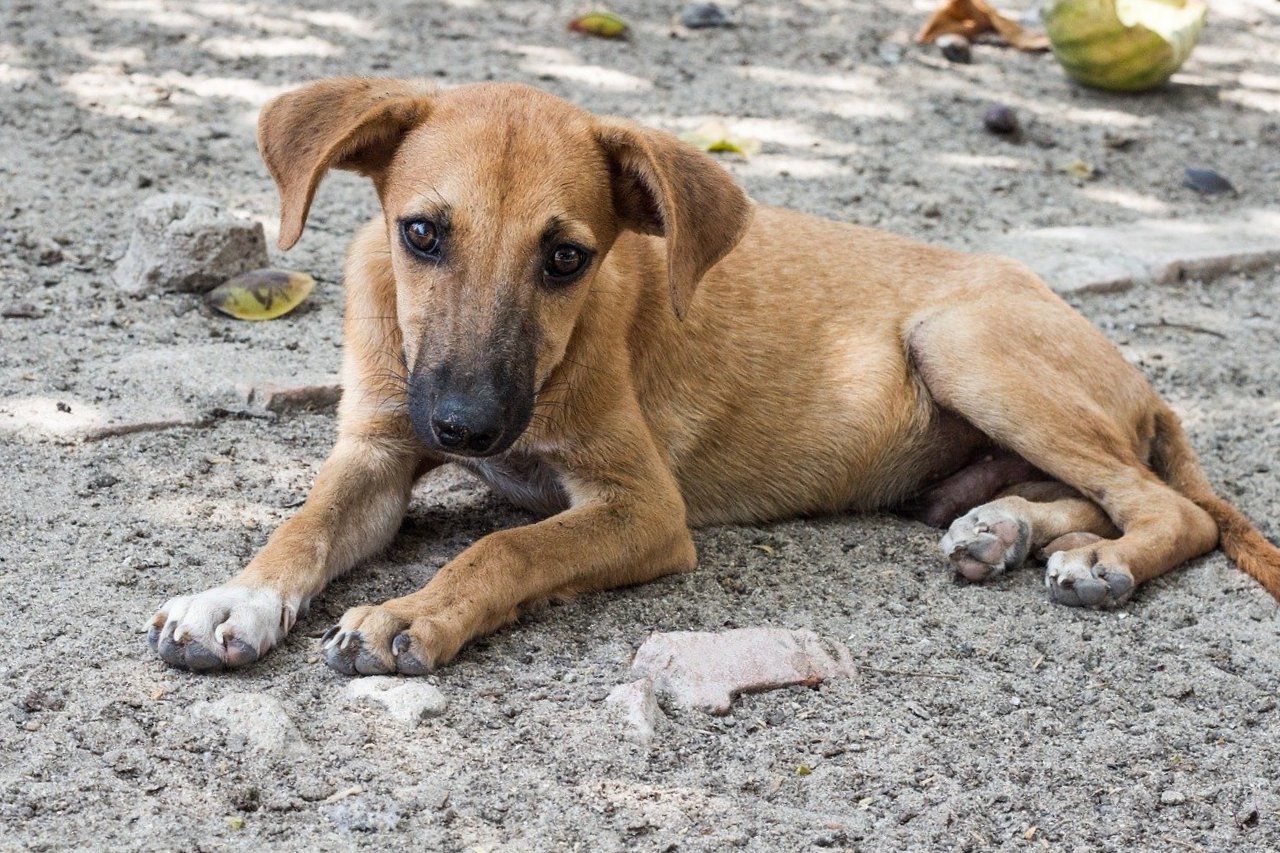
Stray dogs
If you have problems with stray dogs in your area, we recommend calling local animal services; they have a department to deal with cats and dogs that are lost/strays/etc.
When scared, even the most well-mannered of furry friends can snap and become aggressive, and a lost or stray dog is more than likely going to be a scared dog, especially when new homes enter the scene. Leaving a stray dog running around the neighborhood could be dangerous if there are children, other dogs, or even other animals and humans around.
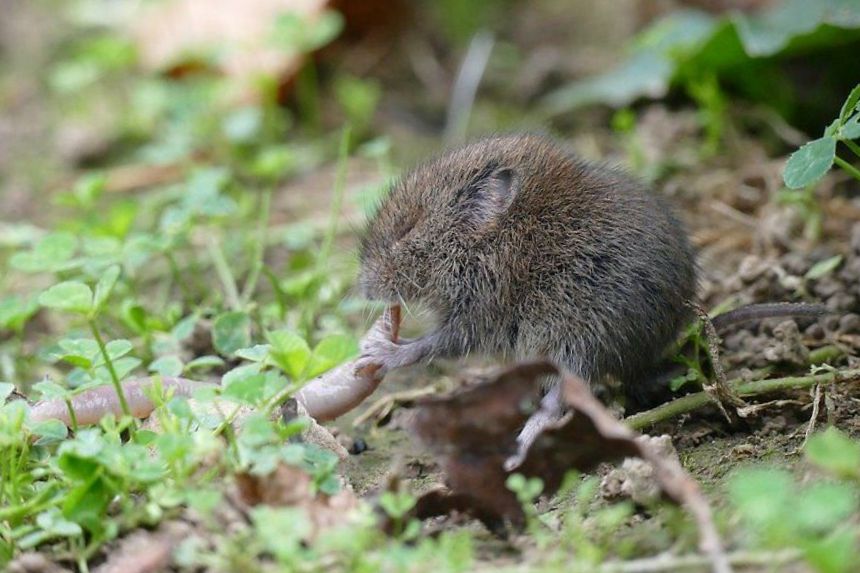
Voles
Voles are another common nuisance animal known for their digging skills, and the tunnel and burrow creating from this critter can cause holes that are dangerous (humans and animals can fall in, or the holes can collapse under the weight of them), as well as devastation to trees, shrubs, and other plants and flowers. Young trees, for example, can be virtually uprooted which, in turn, can lead to them dying completely.
Not only that, voles can eat the bulbs that are growing underground as they make their way through the tunnels, as well as excavating huge loads of earth as they go about their way trying to find food.


















